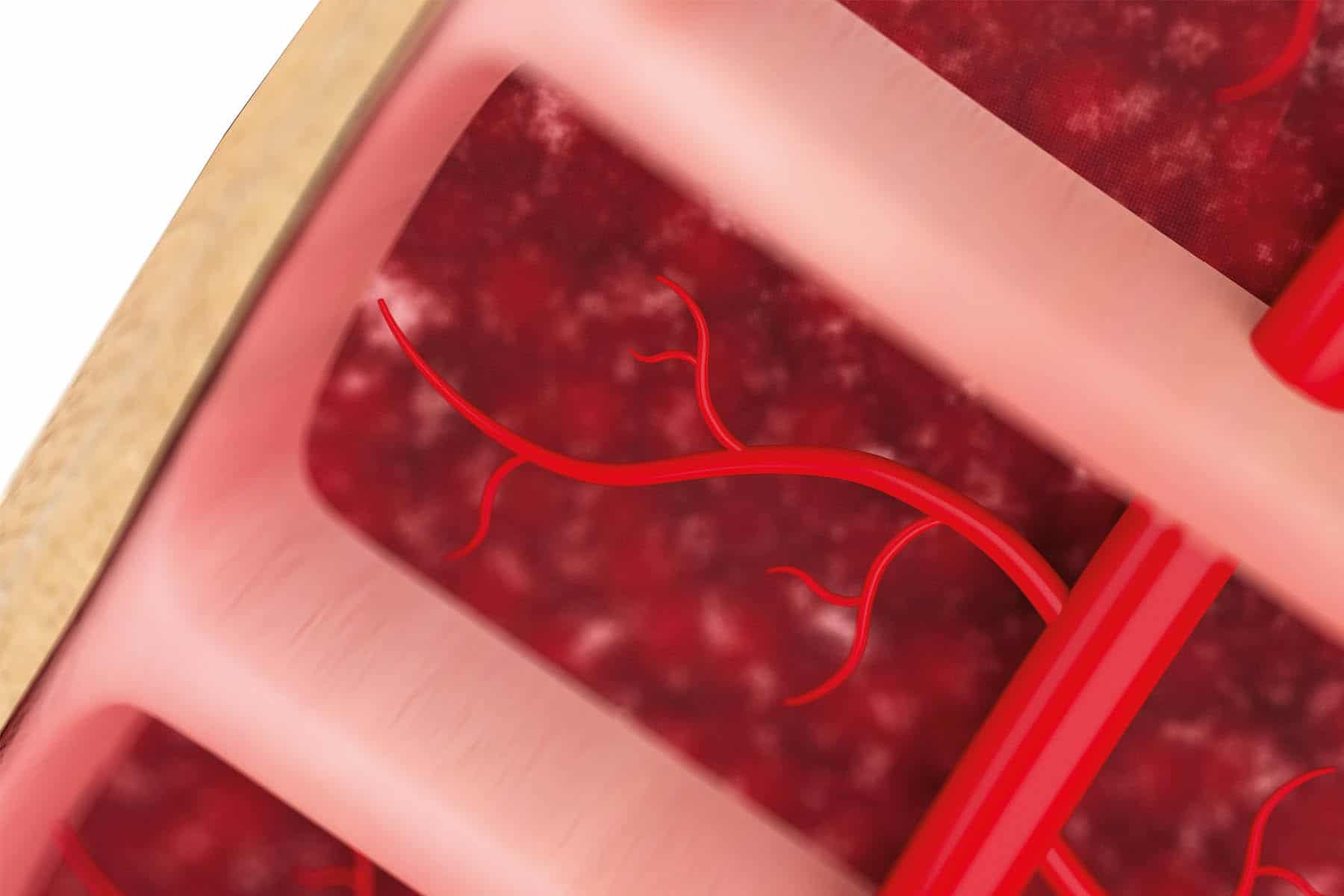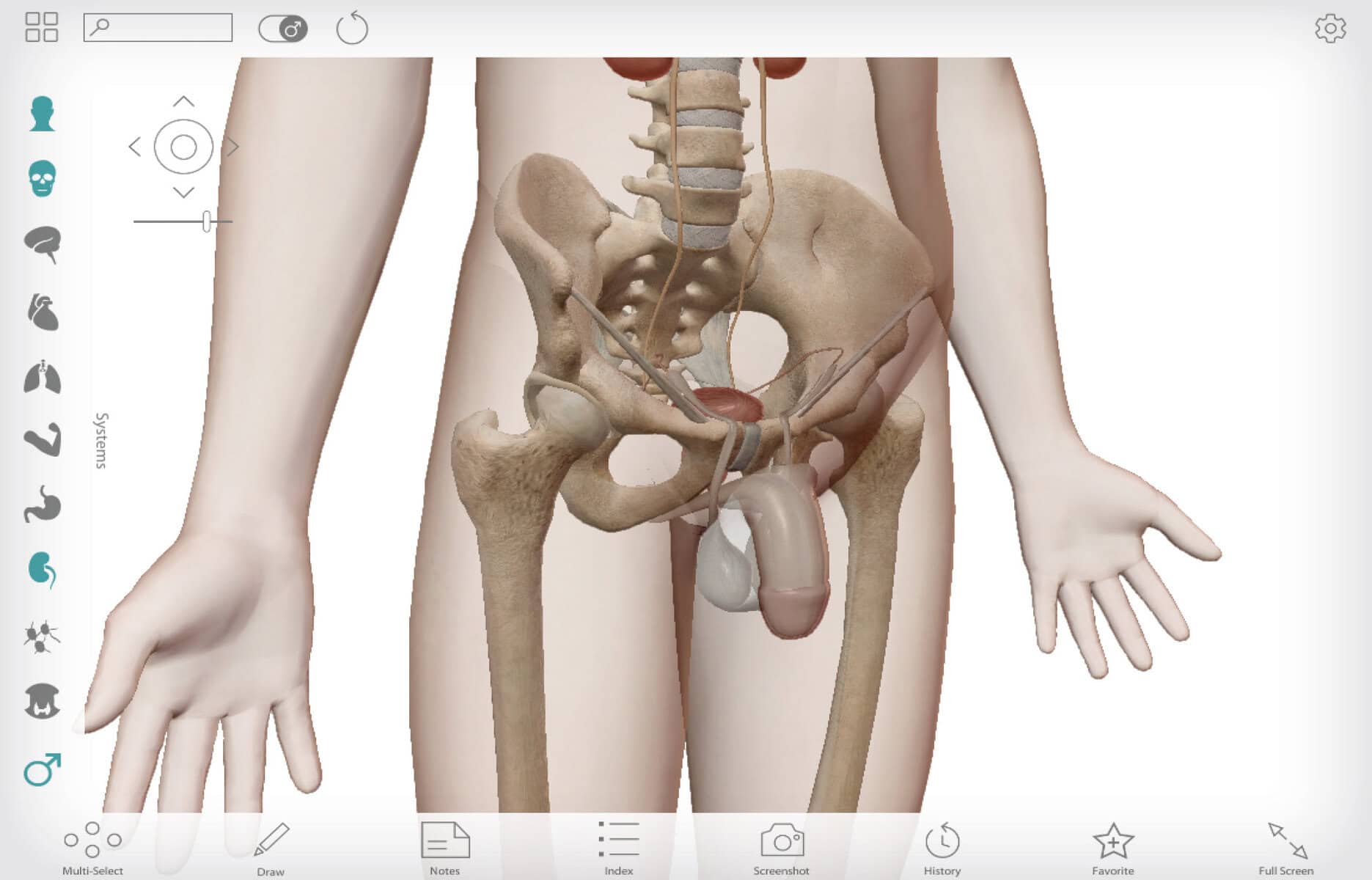Peyronie's Disease Treatment
Peyronie’s Disease treatment focuses on reducing pain, correcting penile curvature and improving sexual function. Options vary from medications to surgical procedures, depending on the severity of the condition. Early diagnosis and intervention can help prevent further complications. At The Forbury Clinic, our specialists provide tailored care, offering effective treatment plans to restore confidence and health. Book a consultation today to learn how we help manage and treat Peyronie’s Disease.

What is Peyronie’s Disease?
Peyronie’s Disease is a condition characterised by the development of fibrous scar tissue (plaque) inside the penis, causing it to curve during erections. This curvature can lead to pain, difficulty achieving or maintaining an erection and may interfere with sexual function. The exact cause is often unknown, but it can result from injury or trauma to the penis, genetic factors or other underlying health conditions. Peyronie’s Disease can range from mild to severe and treatment options depend on the severity and impact of symptoms on the individual’s well-being.

Causes of Peyronie's Disease
The exact cause of Peyronie’s Disease can vary, but several factors contribute to its development. Here are some common causes and risk factors:
Penile Trauma:
Injury or repeated trauma to the penis, often during sexual activity or sports, can lead to the formation of scar tissue.
Genetic Factors:
A family history of Peyronie’s Disease can increase the likelihood of developing the condition.
Connective Tissue Disorders
Certain disorders, such as Dupuytren’s contracture, which causes the fingers to bend, may be linked to Peyronie’s Disease.
Abnormal Wound Healing:
Some men may experience excessive scar tissue formation due to abnormal healing after injury.
Inflammation:
Inflammatory conditions that affect the tissues of the penis can contribute to the development of the disease.
Age:
Peyronie’s Disease is more common in older men, especially those over 40, as the risk of tissue damage and scar formation increases with age.
Chronic Conditions:
Conditions such as diabetes, high blood pressure or high cholesterol may increase the risk of developing the disease.
Genetic Predisposition:
A family history of Peyronie’s Disease or related conditions can heighten the risk.
Smoking and Alcohol Use:
These habits can negatively impact blood flow and connective tissue health, increasing the risk of developing the condition.
Previous Penile Surgery or Injury:
Men who have had surgery or significant trauma to the penis may be more likely to develop Peyronie’s Disease.
Risk Factors:
Peyronie’s Disease Treatment Options
There are several treatment options available for Peyronie’s Disease, depending on the severity of the condition and the symptoms. The goal of treatment is to reduce the curvature, relieve pain and restore sexual function. Here are some common solutions:
Shockwave Therapy: Low-intensity shockwave therapy is a non-invasive treatment that can improve blood flow to the penis and reduce plaque buildup. It may help with pain and curvature.
Stretching or Traction Devices: Devices worn over a period of time to apply gentle stretching to the penis, which may reduce curvature.
Surgery: Surgery is typically considered for men with severe curvature that affects sexual function or causes significant pain. The two common surgical options are:
- Plication Surgery: Shortens the unaffected side of the penis to straighten it.
- Plaque Excision and Grafting: Removes the scar tissue and replaces it with a graft to restore a straight shape.
Penile Implants: In cases of severe erectile dysfunction and Peyronie’s Disease, a penile implant may be an option. This implant helps restore both erection function and penile shape.
Lifestyle Changes: Managing underlying health conditions such as diabetes, high blood pressure or high cholesterol, as well as quitting smoking, can improve overall tissue health and help prevent progression of the disease.


Why Choose The Forbury Clinic?
Choosing The Forbury Clinic for erectile dysfunction treatment ensures leading care and effective outcomes. We pride ourselves on combining expert medical staff, cutting-edge technology and a compassionate, patient-centred approach. Our team of specialists are highly experienced in diagnosing and treating erectile dysfunction, offering care tailored to your specific needs. We utilise the latest medical innovations, from advanced diagnostic tools to state-of-the-art treatment options, ensuring you receive the most effective care with minimal discomfort. At The Forbury Clinic, we are dedicated to enhancing your health and well-being in a welcoming and discreet environment.